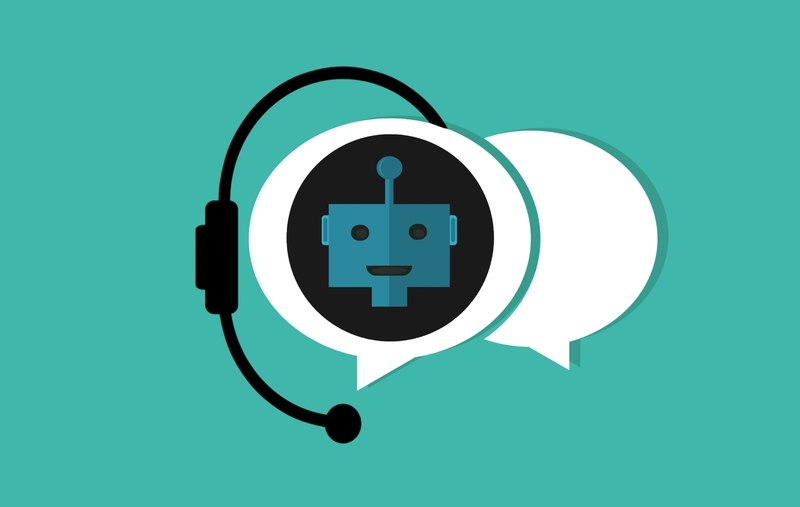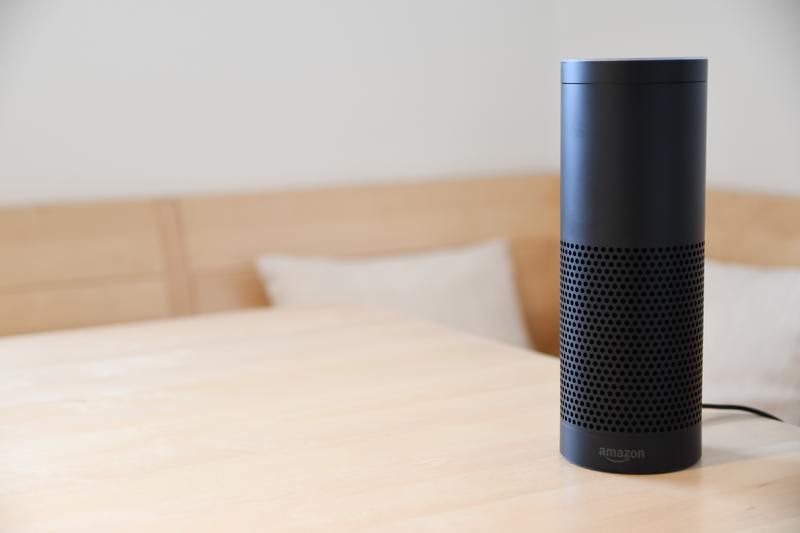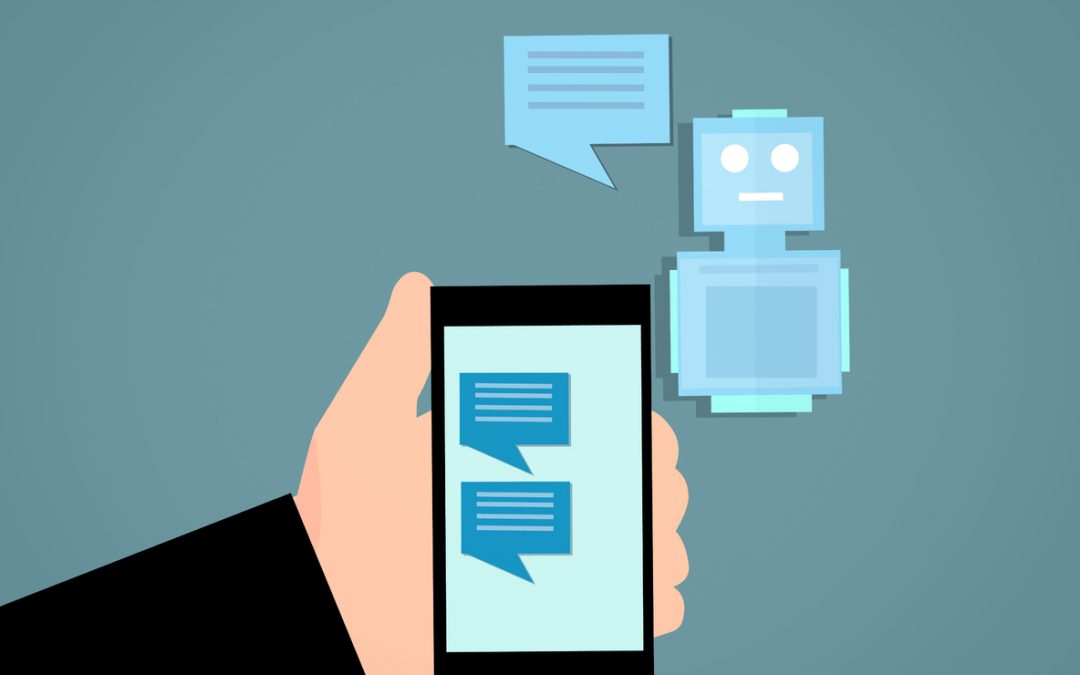At Coventry University, we’re leading the way in student experience, and here at the DMLL, we’re all about finding new ways to use media, technology and novel approaches to teaching/learning to help shape the way we all engage with education.
Lately, we’ve been experimenting with chatbots to see if they can make information more readily available and accessible for students as well as free up time for academic and non academic staff to focus on their core work.
So what is a chatbot?

A chatbot is a conversational computer programme with which a user can interact – either by typing or speaking.
If you’ve ever seen a “Chat to us” or “Can we help?” prompt in the corner of a website, it’s usually an automated chatbot.
Chatbots enable companies and organisations to offer customer service and answer user questions 24 hours a day in order to free up staff and improve customer experience.
How the DMLL got started with Chatbots

Learning Innovation Associate
Recently, a team from the Faculty of Business and Law came to the DMLL for a CU Sprint to create a new academic tutorial scheme. Oliver Wood, our Learning Innovation Associate, helped them to address common challenges they face, one of which was frequent and repetitive questions filling up inboxes and taking up valuable teaching time.
Oliver and other staff at the lab helped to pilot a proof of concept chatbot using a web service called Quriobot. The new chatbot is hosted on the faculty’s homepage and can respond to enquiries coming to the faculty website 24 hours a day based on a predefined set of keywords mapped to frequently answered questions.
The rise of PheonixBot
We’re now involved in a more ambitious chatbot project, in partnership with the Student Engagement Centre and the university’s IT services.
The idea is to create a chatbot to help with Coventry University’s new student induction package. Students will be able to ask the new chatbot (called “PheonixBot”) questions related to arriving in Coventry, finding their way around and accessing university services.

The new chatbot is being built using Amazon Web Services and is more sophisticated; it’s able to process a much wider range of inputted terms in order to identify user intent. Additionally, it’s not just limited to a website- PheonixBot will be available as an Alexa skill so users can access it via a smart speaker.
In addition to improving experience for all students, PheonixBot potentially represents a huge boost to accessibility for students with visual impairments or reading difficulties.
What’s next for chatbots in higher education?

Many institutions are using chatbots effectively for a wide range of applications in higher education around the world. For example, several universities in the US are using chatbots to help with the admissions process. In Australia, the University of Canberra has developed a chatbot to scan the university’s support website to offer answers to questions about facilities and parking.
Here in the UK, Staffordshire University introduced a chatbot to help as a digital coach. It recognises students when they log in and can show them their timetable and help them navigate a huge list of university services by either typing or with voice recognition.
In closing
Oliver and the team here have learned a lot about chatbots and the potential they have in the modern university. By experimenting with small pilot projects, we’ve seen it’s possible to learn a lot, develop proof of concept and create minimum viable products to pursue in future.
Love them or hate them, chatbots aren’t about to go anywhere. As millennials and consumers become more reliant on chatbots and as 76% of smart speaker owners use them as part of their daily routine, it’s clear that chatbots will become a standard part of the university student experience.

